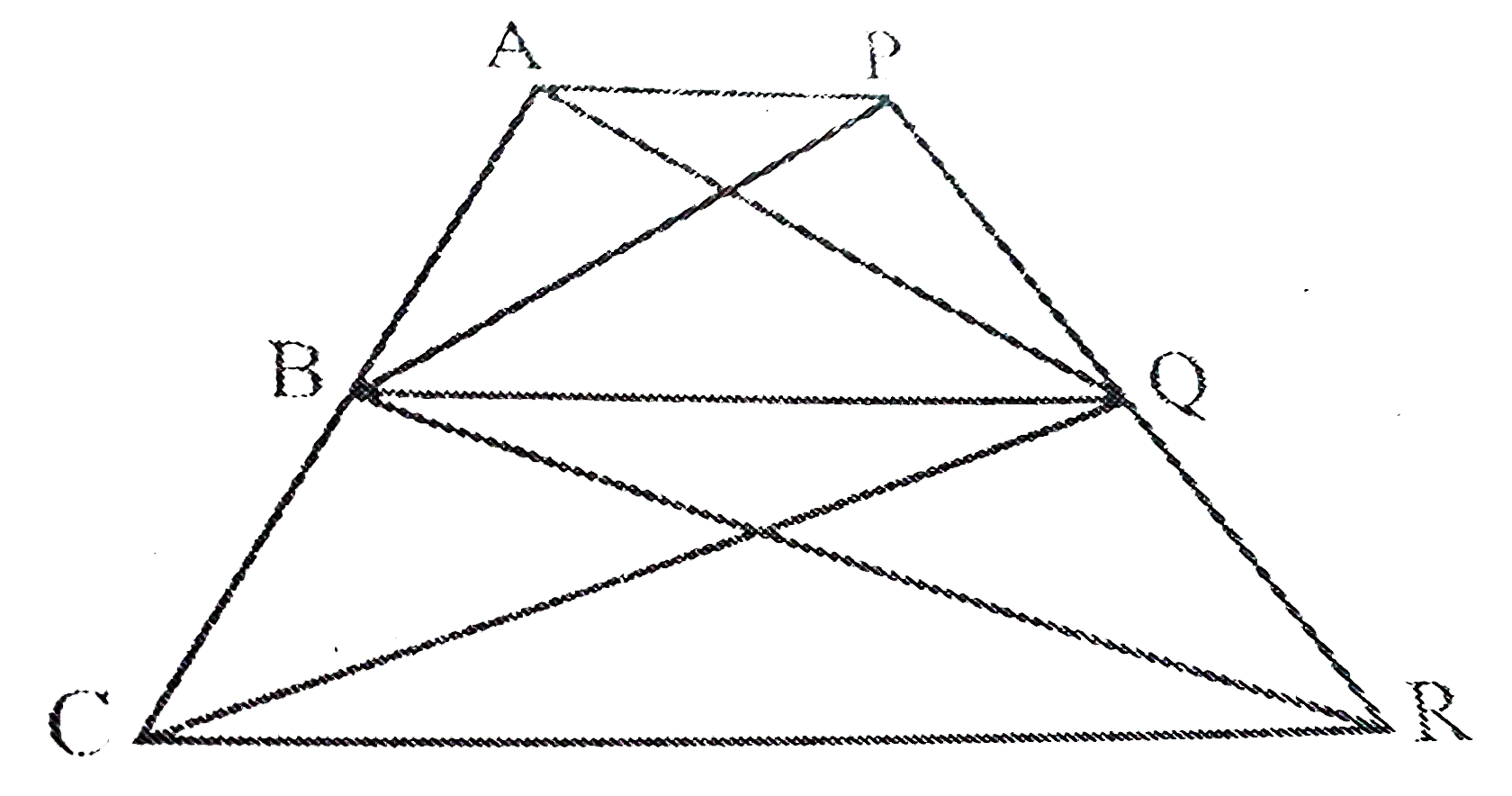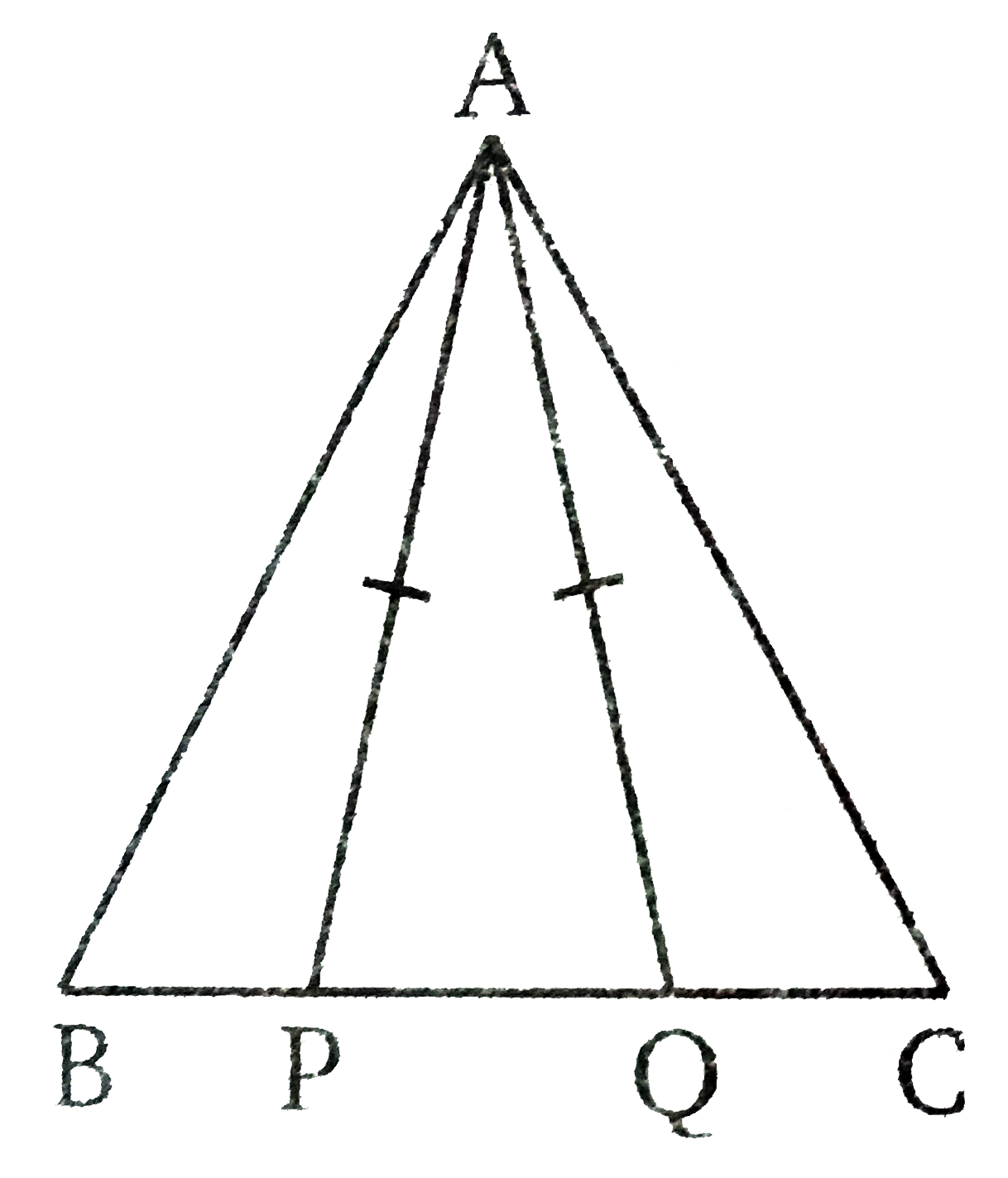p,q,r are distinct cube roots of non-zero complex number z. Let a,b,c be complex numbers satisfying ap+bq+cr≠0. Then find the value of (aq+br+cp)(ar+bp+cq)(ap+bq+cr)2.Solution in Telugu
1
-1
i
−i
The correct Answer is:A
Step by step video, text & image solution for p,q,r are distinct cube roots of non-zero complex number z. Let a,b,c be complex numbers satisfying ap+bq+crne0. Then find the value of ((aq+br+cp)(ar+bp+cq))/((ap+bq+cr)^2). by Maths experts to help you in doubts & scoring excellent marks in Class 12 exams.
Updated on:21/07/2023Topper's Solved these Questions
- DEMOIVRE'S THEOREMBOOK - AAKASH SERIESCHAPTER - DEMOIVRE'S THEOREMEXERCISE - PRACTICE EXERCISE
64 Videos
- DEMOIVRE'S THEOREMBOOK - AAKASH SERIESCHAPTER - DEMOIVRE'S THEOREMEXERCISE - EXERCISE -I
10 Videos
- DEFINITE INTEGRALSBOOK - AAKASH SERIESCHAPTER - DEFINITE INTEGRALSEXERCISE - Exercise (Level-2)
38 Videos
- DIFFERENTIAL EQUATIONSBOOK - AAKASH SERIESCHAPTER - DIFFERENTIAL EQUATIONSEXERCISE - Practice Exercise
62 Videos
Similar Questions
(√3+i)12=
View SolutionThe value of (cos2θ+isin2θ)5(sinθ+icosθ)4 is
View SolutionEvaluate ∫322x5+x4−2x3+2x2+1(x2+1)(x4−1)dx
View SolutionThe degree and order of the differential equation [1+2(dydx)2]32=5d2ydx2 are
View SolutionProve that apbq<(ap+bqp+q)p+q.
View Solutionआकृति में, AP।।BQ।।CR है । सिद्ध कीजिए कि ar(AQC)=ar(PBR)है ।

View SolutionIf p,q,r are in one geometric progression and a,b,c are in another geometric progression, then ap, bq, cr are in
View Solutionap2+bp2+aq2+bq2 के गुणनखण्ड ज्ञात कीजिए ।
View Solutionसंलग्न चित्र में , बिंदु P और Q,BC पर इस प्रकार है कि BQ = CP तथा AP = AQ तो दिखाइये कि AB = AC

View Solutionयदि p, q, r एक गुणोत्तर श्रेणी में है और a, b, c किसी दूसरी गुणोत्तर श्रेणी में है, तो ap,bq,cr किस श्रेणी में है ?
View SolutionIf a, b, c, are in A.P. ., p , q,r, are in H.P. and ap ,bq, cr
are in G.P. then
View SolutionIf a,b,c are in A.P., p,q,r are in H.P and ap, bq, cr are in G.P., then pr+rp =
View SolutionIf a, b, c are in A.P., p, q, r are in HP and ap, bq, cr are in GP, then Pr+rP is equal to
View SolutionIn the figure , AP || BQ || CR. Prove that ar (DeltaAQC) = ar (DeltaPBR) .
View SolutionIn the figure , AP || BQ || CR. Prove that ar (ΔAQC) = ar (ΔPBR) .
View SolutionIn the figure , AP || BQ || CR. Prove that ar (ΔAQC) = ar (ΔPBR) .
View Solution
